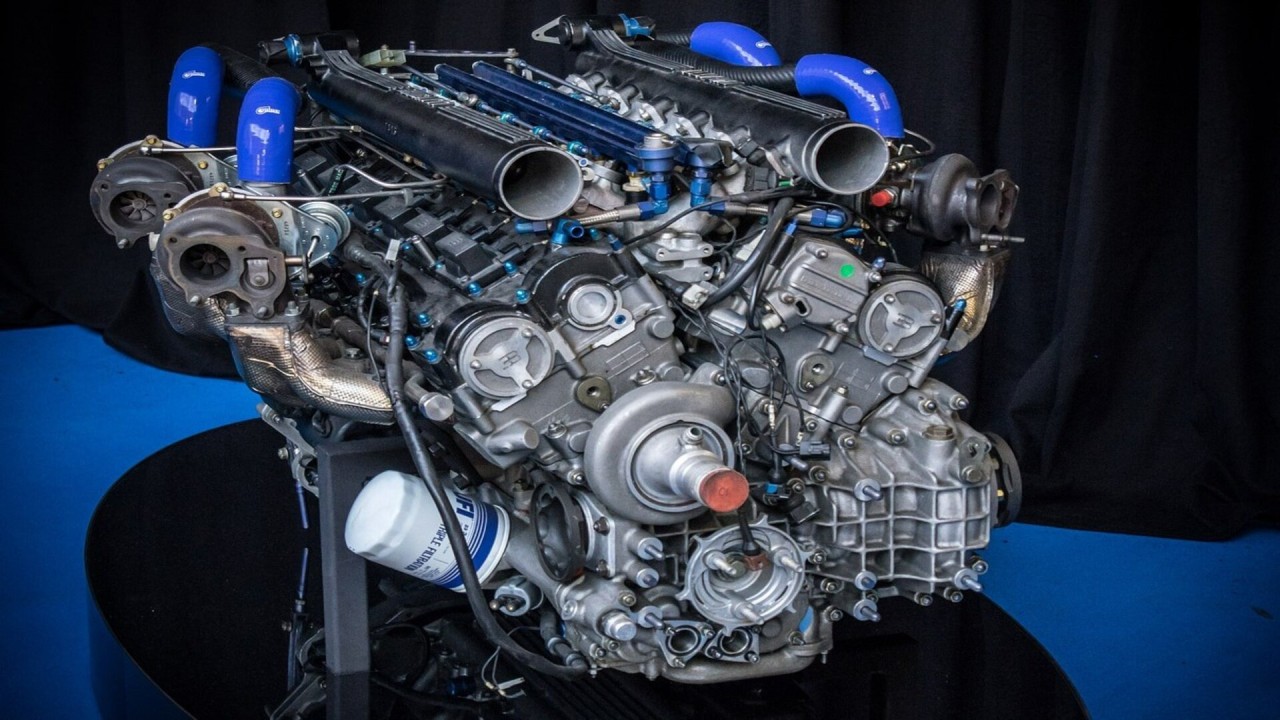The Mission for Ultimate Driving Power: Checking Out the Pinnacle of Engine Performance and Technological Breakthroughs in the Automotive Market
In the realm of auto design, the search of maximum driving power has actually been a relentless quest that has actually unravelled through the development of engine design and the assimilation of sophisticated modern technologies. From the precise craftsmanship of burning engines to the fast innovations in electrical propulsion systems, the auto industry stands at the cusp of a brand-new era defined by extraordinary performance capacities. As scientists and engineers dig much deeper into the worlds of computational liquid characteristics and explore ingenious fuel modern technologies, the perspective of opportunities broadens greatly. Remain tuned as we unravel the intricate tapestry of technological developments that are shaping the future of vehicle power and efficiency.
Evolution of Engine Style

In addition, the assimilation of turbocharging and supercharging modern technologies has actually reinvented engine design by enhancing power without significantly raising engine dimension. These forced induction systems press the consumption air, enabling for more gas to be ignited, consequently producing greater power output from a smaller sized engine. This development has been especially vital in enhancing the efficiency of smaller sized variation engines while maintaining gas performance standards.

Performance-Enhancing Gas Technologies
The execution of sophisticated gas technologies has actually dramatically added to enhancing engine performance in modern cars. Biofuels, acquired from renewable sources like corn, sugarcane, or algae, deal lowered discharges and enhanced engine effectiveness. Furthermore, fuel additives and cleaning agents are being formulated to clean engine parts, optimize burning, and lower friction, thereby enhancing general automobile efficiency.
Improvements in Electric Propulsion
Substantial strides in electric propulsion innovation have reinvented the automobile sector, leading the way for a new era of lasting and effective transportation. Electric cars (EVs) are getting popularity because of their environmental benefits and improvements in battery technology, enabling longer driving varieties and much shorter charging times. Manufacturers are spending greatly in r & d to boost the efficiency of electrical propulsion systems, concentrating on raising power outcome, improving energy effectiveness, and minimizing overall weight.
One notable advancement in electric propulsion is the development of advanced electrical motors that provide higher torque and power density, causing enhanced velocity and general driving performance. Furthermore, regenerative braking systems have been fine-tuned to keep and catch power throughout slowdown, additional increasing the effectiveness of EVs.
In addition, the assimilation of smart modern technologies, such as expert system and predictive analytics, is maximizing the monitoring of electric propulsion systems, guaranteeing optimal efficiency under numerous driving problems. These innovations in electrical propulsion are reshaping the vehicle landscape, driving the sector towards a more sustainable and amazed future.
Influence of Computational Liquid Characteristics
With advancements in electric propulsion pushing the limits of vehicle technology, the integration of Computational Liquid Dynamics is playing a pivotal duty in optimizing aerodynamic efficiency and boosting total performance in car design. Computational check out this site Liquid Dynamics (CFD) involves the use of computer system simulations to assess the circulation of air around a car, making it possible for engineers to forecast exactly how design adjustments will affect aerodynamics without the demand for costly physical models. By properly modeling airflow patterns, CFD enables for the refinement of car forms to minimize drag, enhance cooling, and enhance security.
CFD enables engineers to optimize airflow around parts such as radiators, engine bays, and wheel wells, contributing to boosted efficiency and general driving experience. In conclusion, the assimilation of Computational Fluid Characteristics represents a significant step forward in the pursuit for utmost driving power and effectiveness in the vehicle industry.
Future Fads in Engine Advancement
In the vibrant landscape of automobile design, innovative developments are shaping the future trajectory of engine innovation. The future of engine layout is marked by a strong emphasis on efficiency, efficiency, and sustainability. Producers are progressively concentrating on developing engines that not only provide high power results but also focus on environmental obligation by decreasing emissions and boosting gas efficiency.
One noticeable fad in engine technology is the surge of electrification. Hybrid and electrical powertrains are getting grip as practical options to typical burning engines. These modern technologies provide the capacity for significant decreases in carbon discharges and increased energy efficiency, useful link aligning with worldwide initiatives to battle environment modification.
In addition, innovations in products science and production strategies are making it possible for the manufacturing of lighter and a lot more long lasting engine parts. This change towards lightweight materials such as carbon fiber and aluminum alloys contributes to enhanced efficiency and fuel economic situation.
Verdict
To conclude, the pursuit of utmost driving power in the automobile sector remains to drive developments in engine style, fuel modern technologies, electric propulsion, and computational liquid characteristics. The advancement of these modern technologies is shaping the future of engine development, leading the way for a lot more effective and powerful lorries (engines for africa). As the industry remains to push the borders of what is feasible, we can anticipate to see much more cutting-edge advancements in the mission for peak efficiency
One of the crucial landmarks in engine layout development is the shift from standard carbureted engines to modern-day fuel-injected systems. find out By specifically metering the gas shipment to each cyndrical tube, fuel-injected engines optimize combustion, resulting in better efficiency and lowered environmental effect.
Moreover, the assimilation of turbocharging and supercharging innovations has transformed engine layout by boosting power without dramatically raising engine size (engines for africa).The application of sophisticated fuel innovations has actually dramatically added to boosting engine performance in contemporary lorries. In addition, fuel ingredients and cleaning agents are being formulated to clean engine components, enhance burning, and lower friction, consequently improving overall car efficiency
Comments on “Engines for Africa: Discover Inexpensive and Trusted Automobile Parts Right Here!”